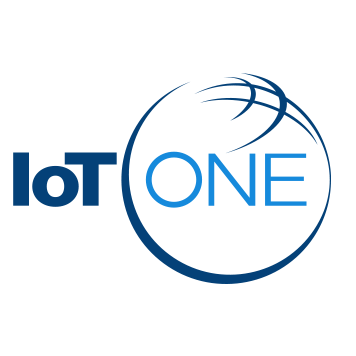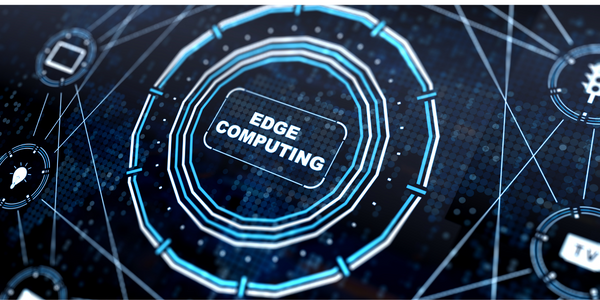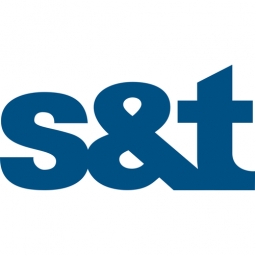Infineon
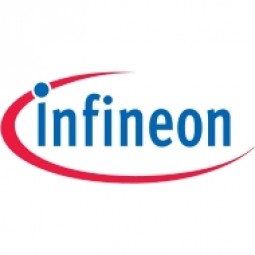
Overview
|
HQ Location
Germany
|
Year Founded
1999
|
Company Type
Public
|
Revenue
$1-10b
|
|
Employees
10,001 - 50,000
|
Website
|
Stock Ticker
OTCMKTS: IFNNY
|
Twitter Handle
|
Company Description
Infineon is a semiconductor manufacturer with a focus on automotives, industrial power control, power management, and chip cards and security.
IoT Solutions
When physical things are equipped with smart sensor and microchip technology and completely connected to one another, they autonomously transmit information and data digitally over the Internet. With the aid of these interfaces, real things can be controlled remotely via virtual commands – in a cyber-physical manner.
The data and information exchanged faces a growing number of risks. Inadequately secured systems are open not only to espionage and data theft, but also to malevolent manipulation. Infineon has developed security solutions that combine innovative hardware security and state-of-the-art Encryption technology – after all, it's better to be safe than sorry.
Infineon has developed a broad range of easy-to-deploy semiconductor technologies to counter growing security threats in the IoT. These solutions enable system and device manufacturers as well as service providers to capitalize on growth opportunities by integrating the right level of security without compromising on the user experience. Complemented by software and supporting services, our hardware-based products create an anchor of Trust for security implementations, supporting device integrity checks, Authentication and secure key management.
The data and information exchanged faces a growing number of risks. Inadequately secured systems are open not only to espionage and data theft, but also to malevolent manipulation. Infineon has developed security solutions that combine innovative hardware security and state-of-the-art Encryption technology – after all, it's better to be safe than sorry.
Infineon has developed a broad range of easy-to-deploy semiconductor technologies to counter growing security threats in the IoT. These solutions enable system and device manufacturers as well as service providers to capitalize on growth opportunities by integrating the right level of security without compromising on the user experience. Complemented by software and supporting services, our hardware-based products create an anchor of Trust for security implementations, supporting device integrity checks, Authentication and secure key management.
Key Customers
ABB, Bosch, Siemens
IoT Snapshot
Infineon is a provider of Industrial IoT analytics and modeling, networks and connectivity, processors and edge intelligence, sensors, other, and platform as a service (paas) technologies, and also active in the automotive, semiconductors, and telecommunications industries.
Technologies
Use Cases
Functional Areas
Industries
Services
Technology Stack
Infineon’s Technology Stack maps Infineon’s participation in the analytics and modeling, networks and connectivity, processors and edge intelligence, sensors, other, and platform as a service (paas) IoT Technology stack.
-
Devices Layer
-
Edge Layer
-
Cloud Layer
-
Application Layer
-
Supporting Technologies
Technological Capability:
None
Minor
Moderate
Strong

Supplier missing?
Start adding your own!
Register with your work email and create a new supplier profile for your business.
Case Studies.
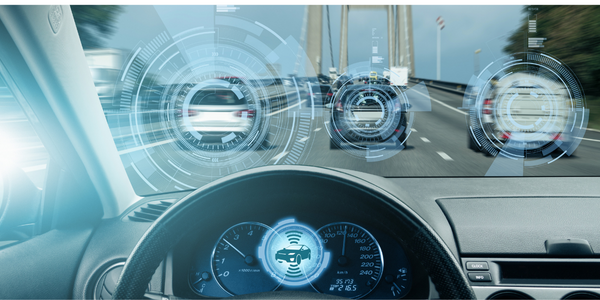
Case Study
Infineon Supports Savari for HSM
The V2X systems use a sophisticated Public Key Infrastructure (PKI)-based approach to facilitate trusted communication:V2X systems use Elliptical Curve Cryptography (ECC). Device must be able to securely and efficiently generate ECC keysThe random numbers generator must have high entropyRoot-certificates must be protected by usage of secured storageDevice must have tamper resistance, including physical attacksPrivate keys must have protection against side channel attacksPrivate keys must to be protected and used securely › V2X device are required to generate up to 40 messages per second. The signing latency must be low to support this frequency
Similar Suppliers.
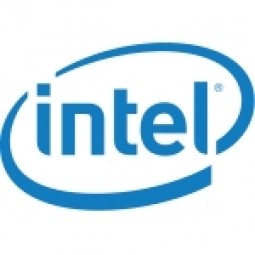
Supplier
Intel
Intel designs, manufactures, and sells integrated digital technology platforms worldwide. The company's platforms are used in various computing applications comprising notebooks, desktops, servers, tablets, smartphones, wireless and wired connectivity products, Wearables, transportation systems, and retail devices. It offers microprocessors that processes system data and controls other devices in the system; chipsets, which send data between the microprocessor and input, display, and storage devices, such as keyboard, mouse, monitor, hard drive or solid-state drive, and optical disc drives; system-on-chip products that integrate its central processing units with other system components onto a single chip; and wired network connectivity products.Featured Subsidiaries/ Business Units:- Intel Inside- Intel Data Center Manager (DCM)- Saffron Technology- Wind River
Supplier
NXP Semiconductors
NXP is a global semiconductor company enabling the Internet of Tomorrow. They develop solutions to provide secure, efficient connections, safer and greener automobiles, and add intelligence to everyday items. As a leader in processing and sensing solutions, they are driving a more innovative and connected world for the future. Freescale was acquired by NXP Semiconductors in December 2015.
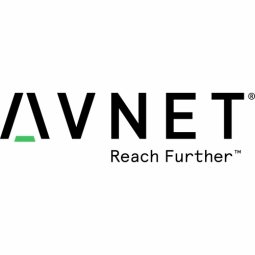
Supplier
Avnet
Headquartered in Phoenix, AZ, Avnet, Inc. focuses exclusively on the unique needs of embedded OEMs, solution providers, and independent software vendors. Our broad range of product lifecycle management services provide flexible options that support you from solution development through delivery including concept design, engineering, manufacturing, systems integration, order management, warehousing and logistics.


